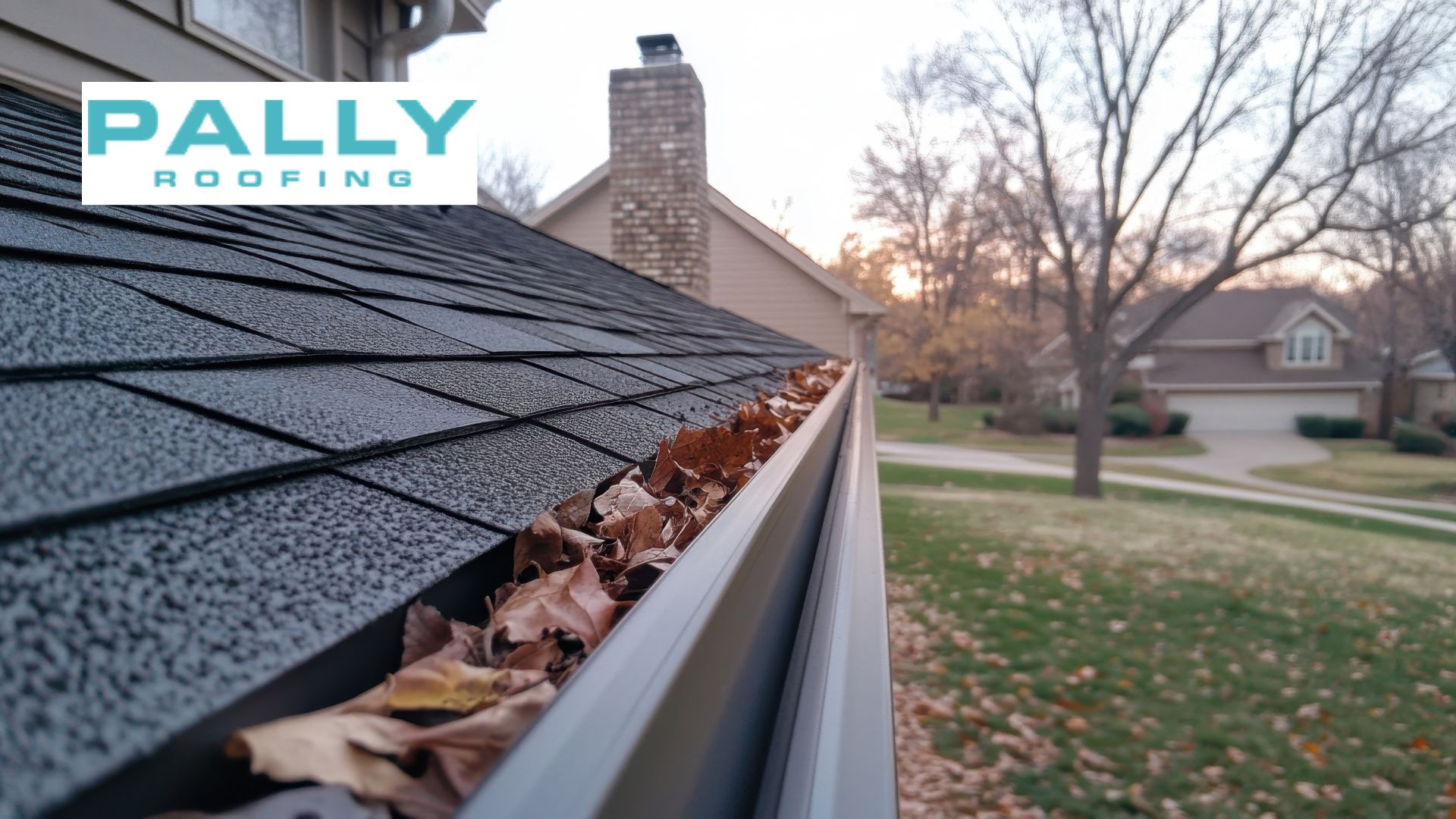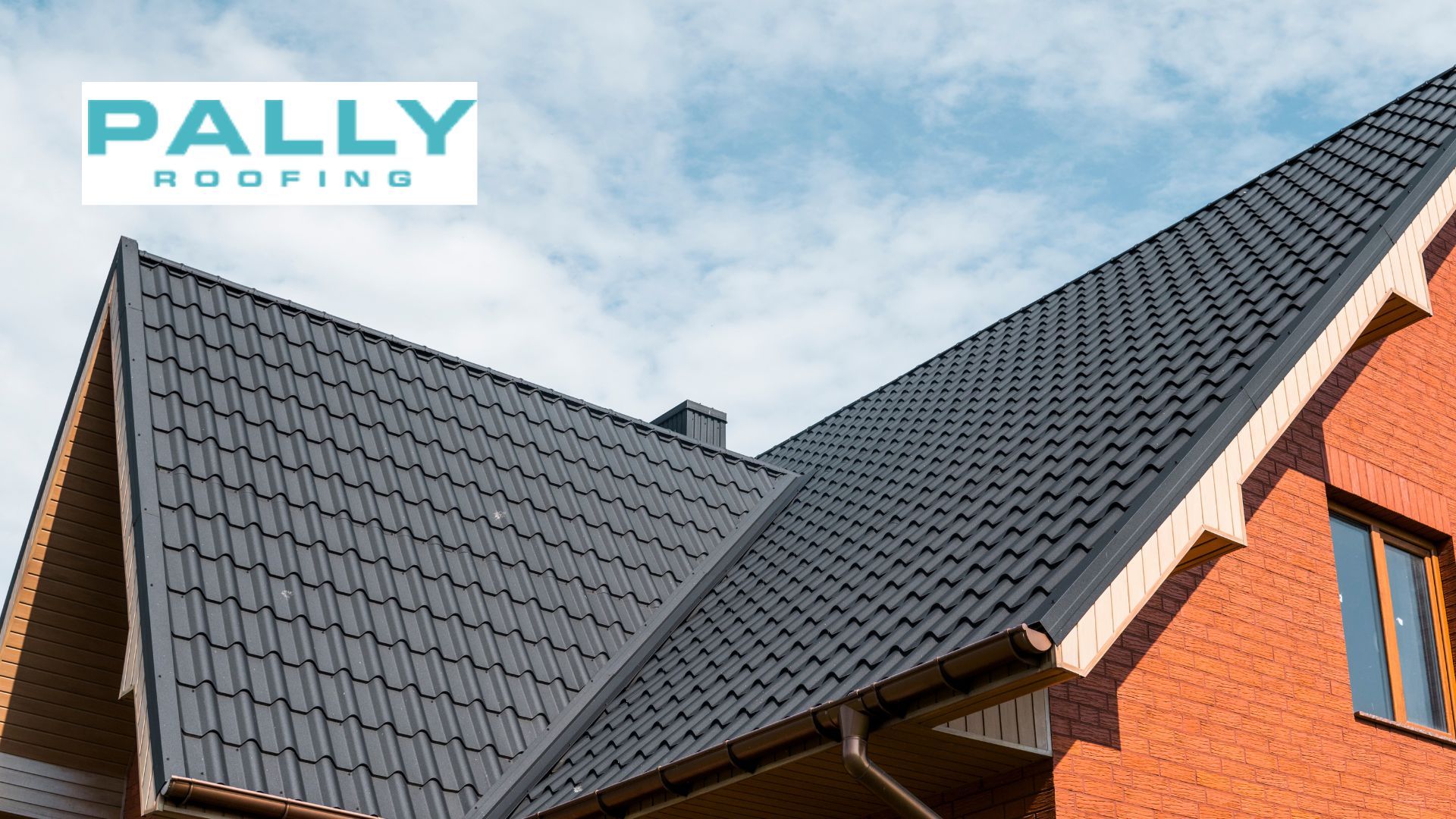Last updated on November 4th, 2024 at 01:07 pm
Concrete is a standard roofing material made of sand, cement, and water. It is a solid and attractive substitute for conventional roofing materials like clay tiles.
Table of Contents
Concrete Roof Tiles: What Are They?
To make concrete roof tiles, sand, Portland cement, and water are combined, and the mixture is then heated to a high temperature and pressure. This technology produces solid, long-lasting tiles resembling clay, slate, or wood shakes. Because they may be made in various colors and styles, homeowners can obtain the desired appearance for their roofs.
Concrete Tiles Vs. Clay Tile Roof
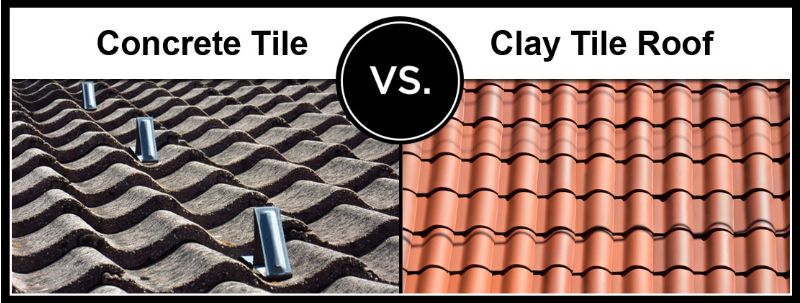 Source: Guidetoroofingrepair
Source: Guidetoroofingrepair
Both concrete and clay tile roofs are widespread and long-lasting solutions, but there are some essential differences between them, so weighing the benefits and drawbacks of each is crucial.
1: Concrete tiles:
- Cost: Less expensive, usually between $10 and $20 installed per square foot.
- Durability: 30 to 50 years; however, it may be more prone to fading and disintegration with time.
- Weight: Usually requires structural reinforcing, but heavier than clay tiles.
- Aesthetics: Various hues and designs, including patterns that imitate other materials, are available.
- Upkeep: cleaning and sealing are needed regularly, particularly in humid areas.
2: Clay tiles:
- Cost: More costly, ranging from $15 to $30 installed per square foot.
- Durability: It is resistant to corrosion and color loss and can survive for almost a century with little care.
- Weight: It is not as heavy as concrete tiles but must be well supported.
- Aesthetics: Provides a classic, organic appearance that is frequently connected to homes in the Spanish or Mediterranean styles.
If you want long-lasting sturdiness, traditional aesthetics, and superior weather resistance, go for clay tiles. Concrete tiles are more affordable and come in a broader range of types. Although both can raise the value of your house, clay tiles usually yield a more significant return on investment over time.
Types of Concrete Roofs:
1: Concrete roof tiles:
-
-
- Production: These roofing tiles are made from sand, cement, and water, offering a durable and aesthetically pleasing choice.
- Aesthetic Versatility: Concrete tiles can be made to resemble clay, slate, or wood tiles in a variety of forms, colors, and designs, which will improve the aesthetic appeal of any house.
-
2: Concrete Slab Roofs:
-
-
- Application: Concrete slabs are perfect for contemporary residential or commercial constructions. They are frequently utilized in low-slope or flat roofing applications.
- Benefits: They support additional constructions like rooftop gardens and offer superior insulation.
-
3: Precast concrete panels:
- Efficiency: By having these panels manufactured off-site and put on-site, buildings may be completed more quickly without sacrificing structural integrity.
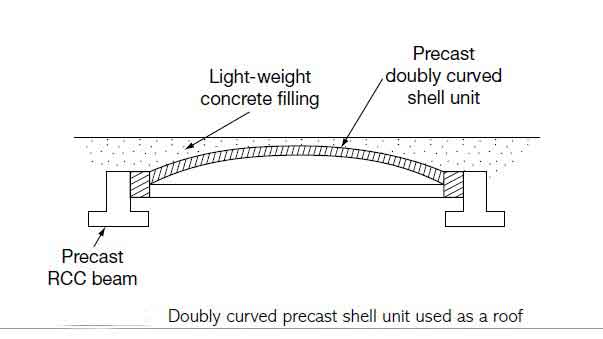
Source: Civil-seek
What Kinds Of Challenges Arise When Concrete Roof Tiles Are Installed?
Although concrete roofing is renowned for its strength and longevity, there are a few drawbacks that homeowners should be aware of. The following summarizes the principal problems with concrete roofs:
- Cracking: Poor installation, thermal expansion, or freeze-thaw cycles are some common causes of cracking in concrete roofing. If cracks are not fixed immediately, water may seep in and harm the underlying structure.
- Weight considerations: Extra structural support is frequently required because concrete roofs are substantially heavier than other roofing materials. To support the weight, homeowners might need to reinforce the roof framework, raising the cost and complexity of installation.
- Water Absorption and Leaks: Over time, concrete may absorb moisture, which could lead to water damage and leaks. Concrete roofs may hold water if not adequately waterproofed and treated, promoting mold formation and additional deterioration. To avoid these problems, routine maintenance and inspections are crucial.
Why Choose Pally Roofing For Concrete Roofing?
With over 15 years of experience in concrete roof installation and repair in Ohio, Pally Roofing is committed to quality artistry and customer satisfaction. Here’s why you should choose Pally Roofing for your concrete roof needs:
1: Expertise and Experience:
Over its more than 15 years in business, Pally Roofing has established a stellar reputation for quality roof installation and repair. Our team’s extensive training and expertise in roofing materials and methods ensure that every job is completed perfectly.
2: Comprehensive Services:
We provide a variety of services, such as:
- Roof Installation: We offer professional roof installations that are suited to your demands, whether you are searching for metal roofing, asphalt shingles, or more specialty materials.
- Roof Repair: Our knowledgeable specialists can quickly identify and resolve problems with leaks, missing shingles, or storm damage.
- Gutter Services: We also specialize in seamless gutters to shield your house from water damage.
3: Customer-centric Approach:
At Pally Roofing, client happiness is our priority. We educate our clients about the roofing process and various options because we think informed customers make better judgments. Before beginning any work, our 20-point inspection procedure ensures that every detail is handled.
4: Quality Materials:
At Pally Roofing, client happiness is our priority. We educate our clients about the roofing process and various options because we think informed customers make better judgments. Before beginning any work, our 20-point inspection procedure ensures that every detail is handled.
5: Local Commitment:
As a locally owned business serving the Garrettsville area and beyond, we understand the unique challenges posed by Ohio’s climate. Our team is committed to providing personalized service that meets the specific needs of our community.
6: Competitive Pricing:
We provide transparent pricing with no additional fees. Our estimates are precise and accurately represent the actual amount of work required. To make your roofing project more reasonable, we also offer financing options.
7: Strong Warranty:
Pally Roofing provides strong warranties on both labor and materials to stand behind our work. Because of our dedication to excellence, you can be sure that your investment is secure.
What Are The Environmental Benefits Of Concrete Roofs?
Concrete roofs offer several environmental advantages, making them a sustainable choice for homeowners and builders alike. Here are the key benefits of concrete roofs:
- Longevity and durability: Concrete roofs can endure 50 years or longer with little upkeep. Because of their endurance, replacements are needed less frequently, resulting in less waste and materials going to landfills.
- Use of Recycled Materials: Aggregates from demolished concrete buildings and fly ash from power plants are two examples of recycled materials that can be added to concrete. This lessens the requirement for virgin materials and helps divert garbage from landfills.
- Energy Efficiency: Concrete’s thermal bulk helps control indoor temperatures by absorbing heat during the day and releasing it at night. This characteristic may result in less energy being used for heating and cooling, which would cut greenhouse gas emissions.
- Local Sourcing: The transportation emissions of importing materials are reduced when concrete supplies are supplied locally.
Concrete roofing enhances a home’s durability and aesthetic appeal and offers significant environmental benefits.
How long does a typical concrete roof repair take to complete?
The duration needed for a standard concrete roof repair might differ depending on several variables, such as the degree of damage and the required fixes. Minor repairs, such as caulking tiny cracks or changing a few tiles, can usually be finished in one to eight hours. One to three days may be needed for more involved concrete roof repair, such as rebuilding more significant roof portions or repairing large leaks, particularly if numerous layers need to be handled.
For instance, if the repair calls for locating and sealing a leak, it can take a day to check, find the leak’s source, and apply the required sealants. On the other hand, fixing structural problems or changing damaged tiles could take a long time.
Energy-efficient roofing VS Fire-Resistant Roofing Materials
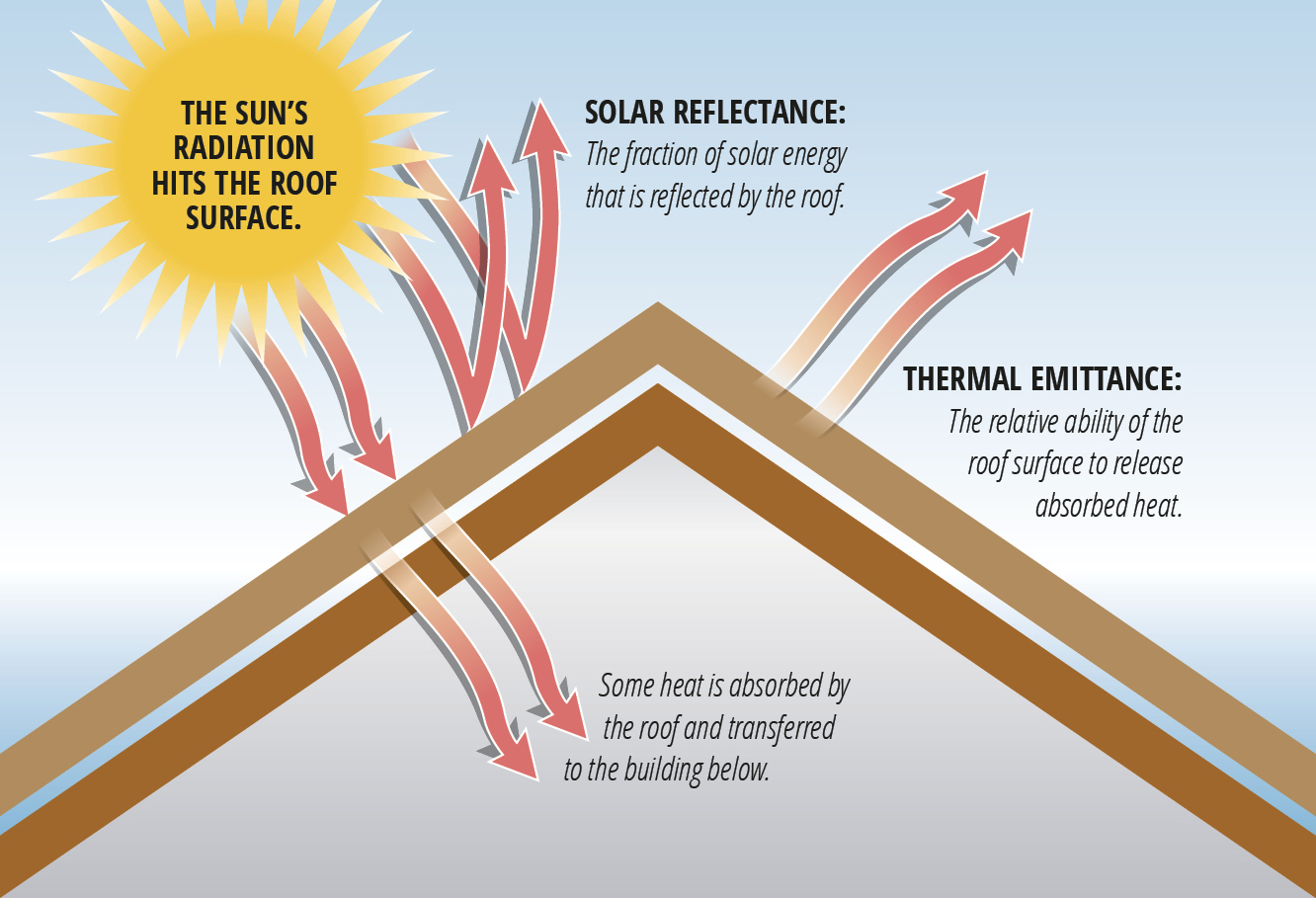
Source by: Eagle Roofing
Energy-Efficient Roofing Materials
1: Metal Roofing:
-
- Benefits: In warmer climates, metal roofs reduce heat absorption and cooling expenses by reflecting sunlight. They are also long-lasting, with a 40–70 year lifespan.
- Energy-efficient roofing: Reflective coatings are added to many metal roofing systems to increase energy efficiency.
2: Concrete tiles:
-
- Advantages: Because concrete tiles have a high thermal mass, heat is absorbed during the day and released at night, helping to manage indoor temperatures.
- Energy-efficient roofing: Because of its insulating qualities, less energy may be needed for heating and cooling.
3: Cool Roofing Materials:
-
- Advantages: Compared to conventional roofing materials, these materials reflect more sunshine and absorb less heat. Various materials can be used to create them, including reflecting coatings on existing roofs.
- Energy-efficient roofing: Cool roofs can drastically cut energy expenses by reducing the temperature of the roof’s surface.
Fire-Resistant Roofing Materials
1: Metal Roofing:
-
- Fire-resistant roofing materials: Metal roofs are non-combustible and can achieve a Class A fire rating when installed with appropriate underlayments.
- Durability: They withstand extreme weather conditions and have long lifespans.
2: Concrete and clay tiles:
-
- Roofing materials that are fire-resistant: Clay and concrete tiles receive Class A ratings because they are naturally fire-resistant. They may stop fires from spreading and do not burn.
- Longevity: These materials are low maintenance and long-lasting.
3: Slate Roofing:
-
- Fire Resistance: Slate, a naturally occurring stone that is not flammable, is one of the most fire-resistant roofing materials available.
- Aesthetic Appeal: Slate roofs are incredibly durable and have a classic appearance.
4: Fiberglass-Based Asphalt Shingles:
-
- Fire Resistance: These shingles can receive a Class A fire rating with a fire-resistant underlayment. They are widely utilized and reasonably priced.
- Versatility: They blend elegance and beauty and come in various hues.
You must select fire-resistant and energy-efficient roofing materials to safeguard your home and save energy costs.
What are the factors to consider while selecting the best roofing materials for cold climates?
When selecting the best roofing materials for cold climates, choosing options that withstand harsh weather conditions, including snow, ice, and freezing temperatures, is essential. Here are some of the best roofing materials for such environments:
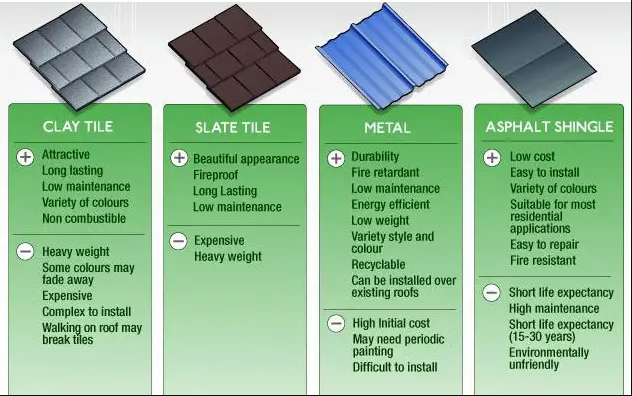
Source by: Archnomy
1: Asphalt Shingles: Asphalt Shingles are affordable solutions that perform well in snow and ice, particularly in the architectural variety.
2: Metal roofing: Metal roofing is insulating, sturdy, and snow-resistant.
3: Slate roofing: Slate roofing is incredibly robust and excellent for insulating against heat.
4: Clay roofing: Many homeowners prefer clay roofing because of its beauty, longevity, and energy efficiency.
Tips Particular to the Climate:
- Pick materials with a minimum 4:12 slope to ensure the snow flows off readily in places with a lot of snow.
- Use materials that can tolerate severe gusts in windy areas and fix them firmly with sturdy materials.
Ultimately, if you want your home to have a long-lasting roof in a cold region, choose the best roofing materials for cold climates that balance upkeep, longevity, and insulation.
Conclusion
Selecting Pally Roofing means choosing long-lasting materials, superb craftsmanship, and first-rate customer service. Pally Roofing protects your house from the weather, whether you want to install a new roof or fix an old one. To receive a free quote and witness their exceptional service, contact Pally Roofing at (440) 975-7872 or visit their website at Pally Roofing.
Frequently Asked Questions
Are Concrete Roofs Durable And Long-Lasting?
Yes, concrete roofs have a lifespan of 50+ years.
Are Concrete Roofs Heavy And Require Additional Structural Support?
Yes, concrete roofs are heavier than other roofing materials.
Can Concrete Roofs Be Customized In Terms Of Color And Texture?
Yes, concrete roofs can be tailored to fit any aesthetic.
Are Concrete Roofs Energy-Efficient And Eco-Friendly?
Yes, concrete roofs have thermal mass and can reduce energy costs.
. Are Concrete Roofs Susceptible To Cracking And Water Leakage?
Proper installation and maintenance can prevent cracking and leaks.
Author
-

With more than 16 years of hands-on experience, Phillip Schmucker is the knowledgeable owner of Pally Roofing. His dedication to superior roofing services has earned him a reputable place in the industry. Phillip also shares his extensive expertise through writing, providing readers with practical tips and professional advice on various roofing topics. Follow him on LinkedIn.
View all posts


